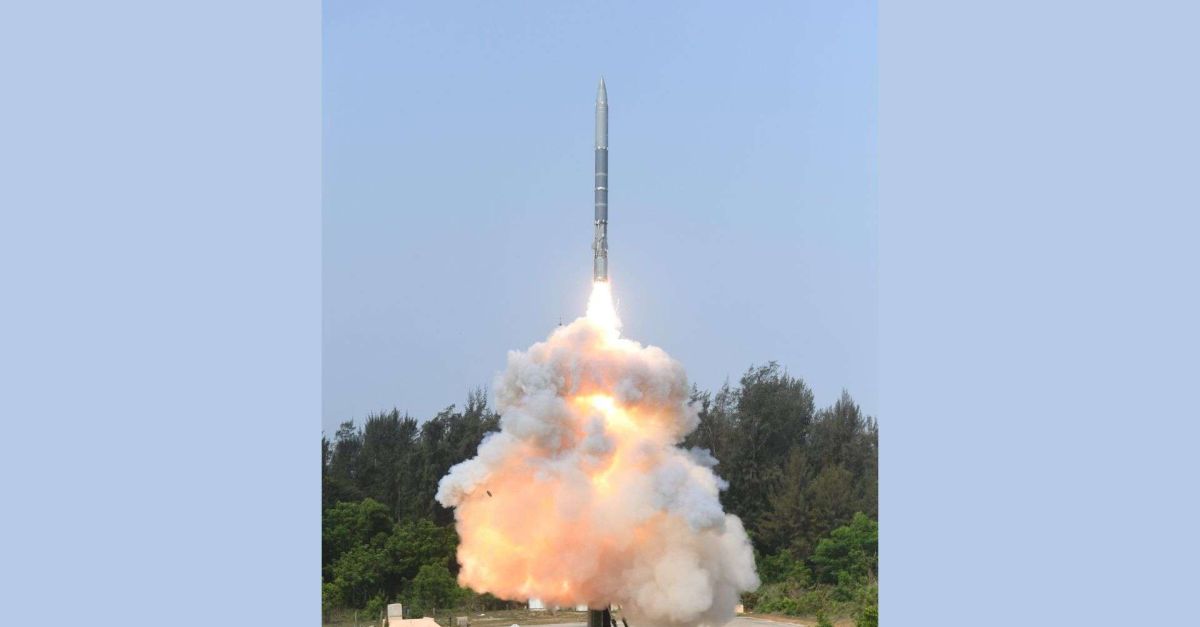Breaking news
India Successfully Tests Supersonic Missile-Assisted Release of Torpedo system.
On May 1, 2024, India achieved a successful test flight of its Supersonic Missile Assisted Release of Torpedo (SMART) system, an innovative anti-submarine warfare technology. The test was conducted early in the morning from a mobile ground launcher on Dr. APJ Abdul Kalam Island, off the coast of Odisha. The SMART system, which was specifically designed by the Defence Research and Development Organisation (DRDO) to significantly expand the range of the Indian Navy's anti-submarine operations, allows for precise torpedo launches over hundreds of kilometers, targeting enemy submarines from distances where other assets might not be immediately available.

Developed between 2018 and 2019, the SMART system is a hybrid that combines a supersonic missile capable of traveling 643 km with an advanced lightweight torpedo, the Shyena, which has an additional range of 20 km and a 50 kg explosive warhead (Picture source: Indian MoD)
Launched around 8:30 AM the test was pivotal in validating several advanced mechanisms, including symmetric separation, ejection, and velocity control, crucial for the precise deployment of its payloads. The SMART system includes a canister missile integrating advanced subsystems such as two-stage solid propulsion, an electromechanical actuator system, and a precision inertial navigation system.
Developed between 2018 and 2019, the SMART system is a hybrid that combines a supersonic missile capable of traveling 643 km with an advanced lightweight torpedo, the Shyena, which has an additional range of 20 km and a 50 kg explosive warhead. This setup enables a rapid and safe response capable of launching torpedoes at significant distances from targets.
The SMART system is equipped with a bidirectional data link, allowing it to connect to submarine detection and identification systems, whether airborne or shipboard. It can be launched from a surface ship or a mobile terrestrial platform using a BEML-Tatra 8×8 tractor-erector launcher. The missile uses an inertial navigation system for mid-course guidance, with updates possible via data link, and an acoustic seeker head for terminal guidance, ensuring precise target tracking until impact.
The development of SMART involved multiple DRDO institutions such as the Defence Research and Development Laboratory (DRDL), Research Centre Imarat (RCI), and Naval Science and Technology Laboratory (NSTL), which developed the launch system, torpedo, and associated technologies like detonation mechanisms and underwater guidance, respectively. The Aerial Delivery Research and Development Establishment (ADRDE) designed the mechanism that slows down the torpedo before releasing it towards the target, while the High Energy Materials Research Laboratory (HEMRL) developed the insensitive explosives used in the torpedo's warhead.
This sophisticated torpedo is equipped with a parachute-based release mechanism, allowing for controlled deployment at optimal locations to maximize effectiveness. Defence Minister Rajnath Singh acknowledged the test's success, noting that the development of SMART would significantly enhance the operational capabilities of the Indian Navy. Dr. Samir V Kamat, Secretary of the Department of Defence R&D and Chairman of the DRDO, also praised the SMART team's synergistic efforts and encouraged them to maintain their high standards of excellence in future developments. This successful test marks a crucial step in modernizing India's defense technology and strengthening its maritime security posture against submarine threats.


























